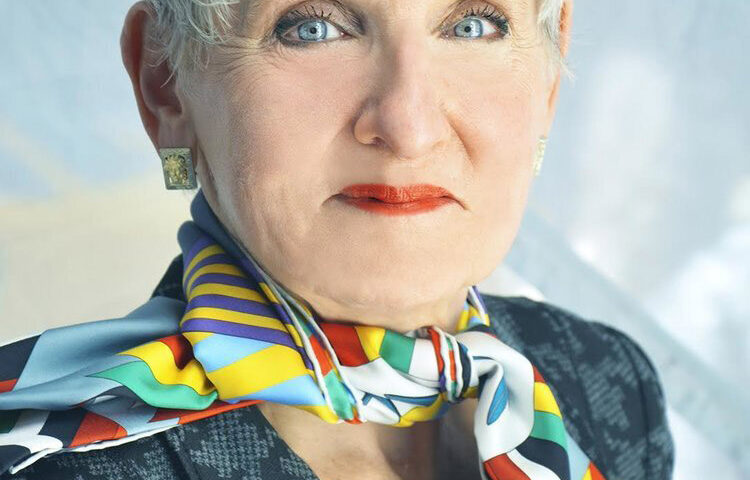Keep a toehold on healthy feet
(Pictured: Taking care of feet is important at any age. Photo credit: Natalie Board/Getty Images Plus)
Most people have a foot or ankle problem at one time or another. So how do you know when to seek help?
Many symptoms—even those you can tolerate—require the professional attention of a foot and ankle surgeon to keep the underlying condition from worsening. According to Danielle Butto, a board-certified surgeon and a Fellow Member of the American College of Foot and Ankle Surgeons, foot health is an important part of overall health.
Here are five examples of when to make an appointment:
- When you have diabetes. Living with diabetes means being more prone to conditions that affect the feet, including foot sores and ulcers. At the same time, diabetic nerve damage makes it harder to detect when there’s a problem. Regular visits to a foot and ankle surgeon should be part of a holistic diabetes treatment plan. The doctor can screen for the loss of protective sensations in the feet, as well as diagnose and treat issues leading to ulcers and wounds. Swelling, temperature and color changes in the feet, and calluses are all telltale signs an ulcer may be around the corner and warrant a trip to a foot and ankle surgeon.
- When children experience pain. Early intervention is key to long-term, successful treatment. Foot and ankle surgeons stress that pain isn’t normal, and if it lasts more than a few days or is severe enough to limit a child’s walking, it should be evaluated. Foot problems commonly experienced by children include flat feet, ingrown toenails, and plantar warts.
- When you’re at risk for falling. Falls are the leading cause of injury deaths among Americans 65 and older, according to the national Centers for Disease Control and Prevention. Painful foot conditions are a contributing factor, as they affect balance and coordination. Fortunately, many such conditions are treatable.
- When you can benefit from medical advances. A loss of cartilage once meant a loss of functionality. Today, joint reconstruction with cartilage regeneration offers real hope for long-term functionality, nurturing the body’s own ability to heal itself—with a little boost from technology. Likewise, new surgical techniques for ankle arthritis, including arthroscopic ankle surgery, total ankle joint replacements and bone or cartilage replacement, are helping people stay active. Finally, platelet-rich plasma therapy can promote the healing of bones, cartilage, blood vessels, tendons and tissue for many patients, and is associated with easier recovery than traditional treatments.
- When pain is sidelining you. It’s important to rest and recover rather than push through foot and ankle pain caused by an overuse injury. If the pain doesn’t improve in three to seven days, seek evaluation and treatment.
More information is at foothealthfacts.org, the patient education website of the American College of Foot and Ankle Surgeons.
Source: StatePoint Media


